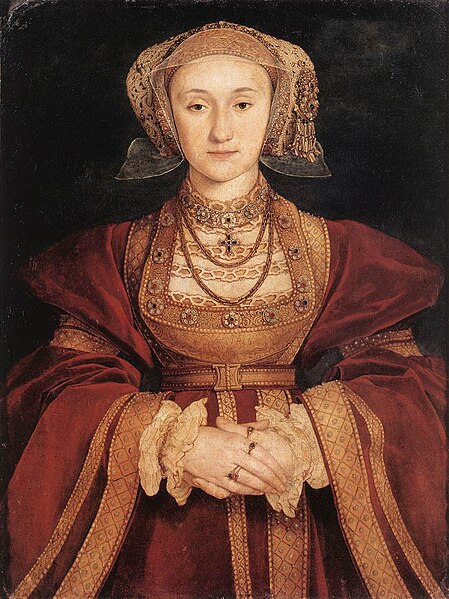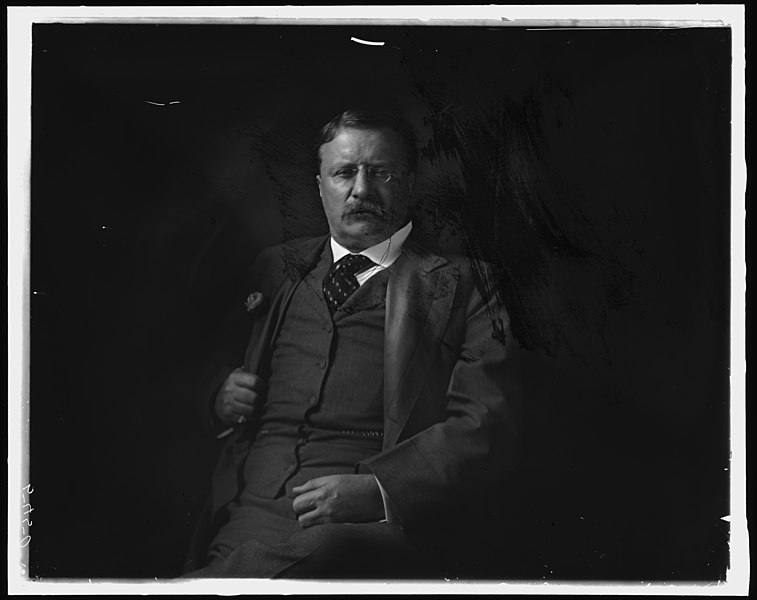This article provides a detailed journey through history, highlighting significant events that occurred on January 6th across different centuries.
From the coronation of Harold Godwinson as the King of England in 1066, marking the onset of a pivotal year in English history, to the historic storming of the U.S. Capitol in 2021, a moment that exemplified deep political divisions in modern America, each event sheds light on various aspects of human history.
The article encompasses a range of occurrences, including political milestones, advancements in technology and communication, significant legal and social changes, as well as moments that have shaped international relations and humanitarian efforts.
This overview offers insights into how these events have contributed to shaping the world as we know it today, reflecting the complexities and dynamic nature of human civilization.
January 6th Events in History
1066 – Harold Godwinson is crowned King of England, following the death of Edward the Confessor
After the death of Edward the Confessor, Harold Godwinson, one of the most powerful earls in England, was crowned King of England on January 6, 1066.
His ascension marked the beginning of a tumultuous year for England, as it faced invasions by William the Conqueror of Normandy and Harald Hardrada of Norway.
Also Read: January 5 – On this Day in History
This period was crucial in English history and led to the famous Battle of Hastings later that year, where Harold was defeated by William, leading to the Norman Conquest of England.
1099 – Henry V is crowned German king
Henry V, a member of the Salian dynasty, was crowned King of Germany on January 6, 1099. He later became Holy Roman Emperor and was known for his conflicts with the Church and Pope.
His reign is notable for the Investiture Controversy, a significant conflict between secular and religious powers in medieval Europe. Henry V’s reign highlighted the ongoing struggle for control between the Emperor and the Pope.

1205 – Philip of Swabia becomes King of the Romans
On January 6, 1205, Philip of Swabia was crowned King of the Romans. He was a member of the Hohenstaufen dynasty and his reign was marked by the German throne dispute, a prolonged period of civil strife and conflict over the succession to the German throne.
Also Read: January 7th Events in History
His reign was part of the larger context of the struggle between the Welf and Hohenstaufen dynasties in the Holy Roman Empire.
1322 – Stephen Uros III becomes King of Serbia
Stephen Uros III, also known as Stephen Decanski, was crowned King of Serbia on January 6, 1322. His reign is remembered for significant territorial expansions and centralization of state power.
He is also known for his endowment of the Visoki Decani monastery in Kosovo, a UNESCO World Heritage Site. His reign was a part of the medieval Serbian state’s growth and consolidation.
1412 – According to legend, Joan of Arc is born in Domrémy, France
The birth of Joan of Arc, a national heroine of France and a Catholic saint, is traditionally celebrated on January 6, 1412, though her exact birthdate is not known.
She is famous for her role during the Lancastrian phase of the Hundred Years’ War, leading French forces to several important victories.
Her inspiration and bravery were significant in changing the course of the war. Joan was later captured by the Burgundians, sold to the English, tried for heresy, and burned at the stake at 19 years of age.
1492 – The Catholic Monarchs Ferdinand and Isabella enter Granada, completing the Reconquista
On January 6, 1492, King Ferdinand II of Aragon and Queen Isabella I of Castile, known as the Catholic Monarchs, entered the city of Granada.
This event marked the culmination of the Reconquista, a series of campaigns by Christian states to recapture territory taken by Muslims in the Iberian Peninsula.
The fall of Granada effectively ended Muslim rule in Spain and led to the consolidation of Spain as a unified Christian kingdom.

1540 – King Henry VIII of England marries Anne of Cleves
Henry VIII’s marriage to Anne of Cleves on January 6, 1540, was his fourth marriage and part of his quest for a male heir and political alliances.
The marriage was short-lived, as Henry sought an annulment just six months later, leading to Anne being given a generous settlement and the title of the King’s Sister.
This event is significant in the context of the Tudor period and Henry VIII’s tumultuous marital history, which had profound impacts on English politics and the history of the Church of England.
1579 – The Union of Arras is signed
The Union of Arras, signed on January 6, 1579, was an agreement that united the southern provinces of the Netherlands, which were largely Catholic, under Spanish rule.
This union was a response to the Union of Utrecht, which united the northern provinces in opposition to Spanish rule.
The Union of Arras was a crucial moment in the Eighty Years’ War and the separation of the Netherlands into northern and southern regions, leading to the formation of the Dutch Republic and the Spanish Netherlands.
1639 – The first recorded American divorce is granted
On January 6, 1639, the first recorded divorce in the American colonies was granted by the Quarter Court of Boston, Massachusetts. The divorce was between Anne and Denis Clarke and was granted on the grounds of Denis’s desertion.
This event is notable as a legal precedent in the early history of the American colonies, indicating the establishment of civil authority and legal practices distinct from those in England.
1690 – Joseph, son of Emperor Leopold I, becomes King of the Romans
Joseph I was elected King of the Romans, the title used by the heir apparent to the Holy Roman Emperor, on January 6, 1690. As the son of Emperor Leopold I, Joseph’s election was part of the continuing dominance of the Habsburg dynasty in Central European politics.
His eventual ascension as Holy Roman Emperor marked a period of conflict and consolidation within the empire, particularly during the War of Spanish Succession.
1838 – Samuel Morse makes the first public demonstration of the telegraph

On January 6, 1838, Samuel Morse first publicly demonstrated his telegraph system in Morristown, New Jersey. Morse’s invention, which transmitted messages over wires using a series of dots and dashes known as Morse code, revolutionized long-distance communication.
It marked the beginning of a new era in communication technology, allowing for rapid transmission of information over long distances, which had profound effects on commerce, news dissemination, and personal communication.
1839 – The most severe in a series of storms blows 300-ton schooner Charles Bartlett inland at Hastings, Sussex
This event on January 6, 1839, was part of a series of powerful storms that struck England. The storm was so severe that it moved the 300-ton schooner Charles Bartlett inland at Hastings, Sussex.
This incident reflects the historical vulnerability of coastal communities to extreme weather events and is an early record of significant meteorological phenomena impacting human activities and settlements.
1893 – The Washington National Cathedral is chartered by Congress
The charter for the Washington National Cathedral was signed by Congress on January 6, 1893. Officially named the Cathedral Church of Saint Peter and Saint Paul in the City and Diocese of Washington, it is a historic Episcopal cathedral in Washington, D.C.
It’s known for its stunning Gothic architecture and has been the site of many significant national events, including presidential funerals and memorial services.
1912 – New Mexico is admitted as the 47th U.S. state
On January 6, 1912, New Mexico was admitted to the United States as the 47th state. The path to statehood was long and complex, reflecting the region’s unique cultural and historical heritage, with influences from Native American, Spanish, Mexican, and Anglo-American settlers.
Statehood represented a significant milestone in the political and social development of the American Southwest.

1919 – Theodore Roosevelt, the 26th President of the United States, dies in his sleep at the age of 60
Theodore Roosevelt, the 26th President of the United States, passed away in his sleep at the age of 60 on January 6, 1919. Roosevelt was a dynamic political figure known for his progressive policies, including the Square Deal domestic policies, his role in the Panama Canal’s construction, and his advocacy for conservation.
He was also a Nobel Peace Prize laureate for mediating the end of the Russo-Japanese War. Roosevelt’s legacy includes significant contributions to American politics, environmental conservation, and international diplomacy.
1929 – Mother Teresa arrives in Calcutta, India to begin her work among India’s poorest and sick people
Mother Teresa, born Anjezë Gonxhe Bojaxhiu, arrived in Calcutta (now Kolkata), India, on January 6, 1929, to begin her missionary work. Originally from Skopje, in what is now North Macedonia, she became an iconic figure in the 20th century for her work with the poor, sick, orphaned, and dying.
She founded the Missionaries of Charity in 1950, which grew into a global organization providing care and support to those in dire need. Mother Teresa was awarded the Nobel Peace Prize in 1979 and was canonized as Saint Teresa of Calcutta in 2016.
1941 – President Franklin D. Roosevelt delivers his Four Freedoms speech in the State of the Union address
On January 6, 1941, U.S. President Franklin D. Roosevelt delivered his historic Four Freedoms speech as part of his State of the Union address.
In this speech, he articulated four fundamental freedoms that he believed should be universally protected: freedom of speech, freedom of worship, freedom from want, and freedom from fear.
This speech was significant as it helped lay the groundwork for America’s involvement in World War II and the post-war world, including the creation of the United Nations.
1950 – The United Kingdom recognizes the People’s Republic of China
On January 6, 1950, the United Kingdom officially recognized the People’s Republic of China, which had been proclaimed by Mao Zedong in October 1949 following the Chinese Communist Party’s victory in the Chinese Civil War.
This recognition was a significant moment in international relations during the early Cold War period, reflecting the shifting geopolitical landscape and the decline of colonial powers.
1974 – Daylight Saving Time commences nearly four months early in the United States as an energy crisis measure
In response to the 1973 oil embargo and ensuing energy crisis, Daylight Saving Time in the United States began nearly four months early, on January 6, 1974. This measure was intended to save energy by reducing the need for evening lighting.
However, the change proved unpopular due to the confusion it caused and its limited impact on energy savings, leading to subsequent adjustments in Daylight Saving Time practices.
2021 – Supporters of President Donald Trump storm the U.S. Capitol during the certification of Joe Biden’s win in the 2020 election
On January 6, 2021, supporters of President Donald Trump stormed the U.S. Capitol in Washington, D.C., as Congress was in the process of certifying the electoral college results of the 2020 presidential election, which declared Joe Biden as the winner.
The event marked a significant moment in American history, reflecting deep political divisions and leading to widespread condemnation, multiple arrests, and increased discussions on the state of democracy in the United States.
